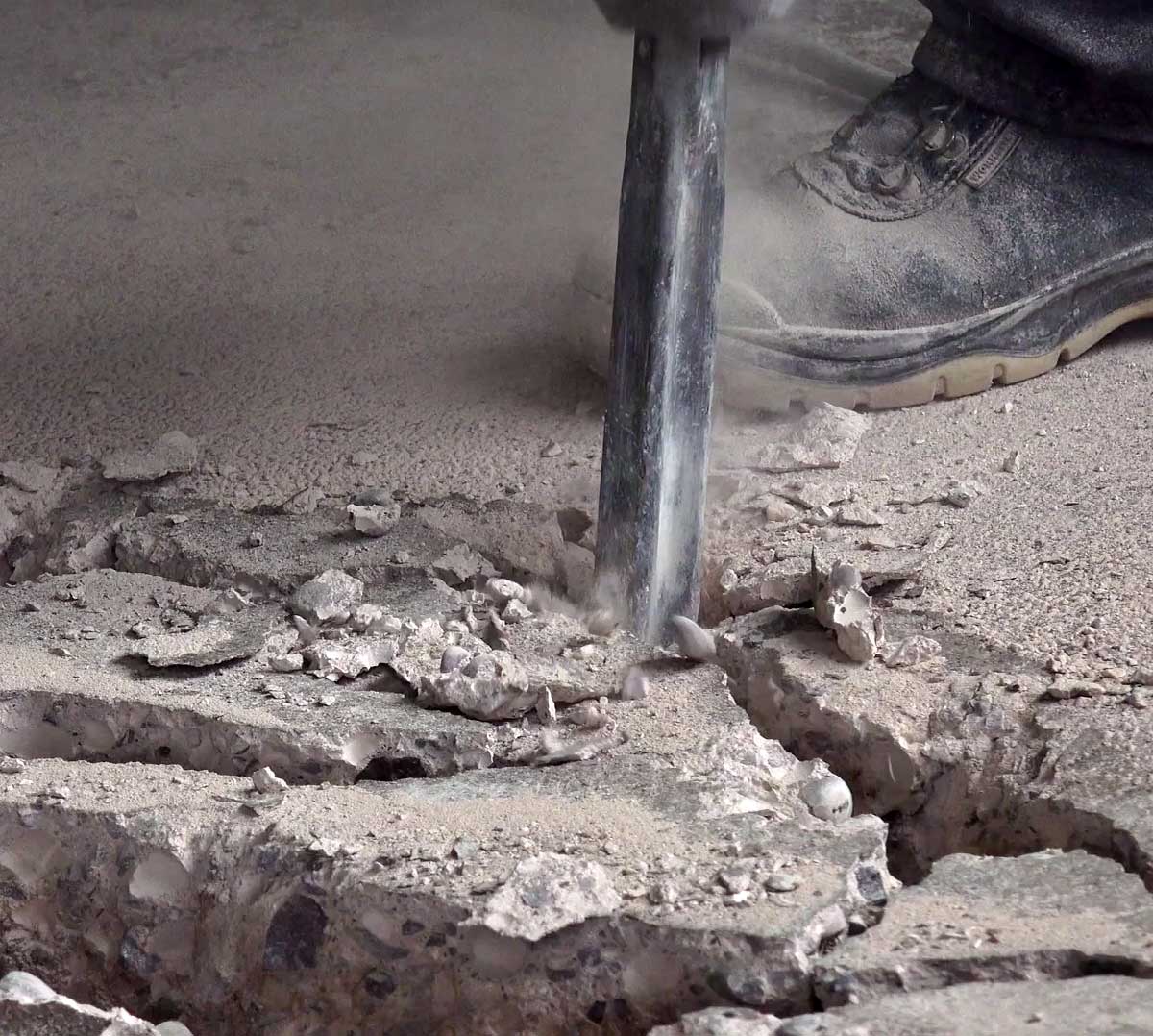Consider the facility’s wall structure and stability.
Why it matters: Because trailers often arrive off-center, a 9’ wide x 10’ dock door opening may require reinforcement. These measurements are recommended to provide 96” of workable area, allowing for extra space on either side of the opening as trailers are often off-center.
Start off on the right footing.
Why it matters: Review state or local codes to clarify footing requirements and local frost codes, which vary by region. If excavation is needed to create a 48” high dock, it will likely expose the footings and alter the effective frost line, requiring design modifications.
Note all of the wants and needs.
Why it matters: Contact state or local municipalities to comply with drain-off stipulations, containment needs, and environmental restrictions. Special drainage requirements may be needed to store hazardous fluids or for properties in a wetlands area.
Positioning closer is better.
Why it matters: Despite popular preference to position drains away from buildings, keeping drain placement close to the building is recommended. Drainage placed further away from the building can interfere with trailer configuration and negatively impact the geometry of the dock design.
Budget cuts aren’t always the best approach.
Why it matters: While installing a shorter dock approach may save money, it can cause problems with trailer landing gear getting hung up as it backs in or having lack of space to maneuver. Construct the ramp as long as possible within the configuration of your property with a recommended 4% slope or less.
Give enough space.
Why it matters: Review the clearance from top the top edge of a sloped trailer to the building wall to avoid damage from trailers backing into the building. This will also dictate bumpers and pit front edge needed to avoid damage to the wall and trailer.
Secure permits.
Why it matters: Because this is a permanent structure or modification, downtime can be avoided by securing building permits from the local City Hall prior to the project breaking ground.
Don’t treat a big issue like a small detail.
Why it matters: If multiple dock positions are used, review door center to center distances — typical distance is 12’ to 16’ apart — so that mirrors on the tractors don’t hit. To help trailers avoid hitting parked tractors, allow a minimum of 150’ of space from the building enabling trucks to pull completely out of the loading dock.
Take a test drive before committing.
Why it matters: Before installing concrete or block retaining walls, determine trailer turning and backing radius in conjunction with property lines and boundaries.


